 |
| Rita Hayworth. 1918-1987. Hollywood Actress. by Travis Simpkins |
 |
| Rita Hayworth. 1918-1987. Hollywood Actress. Gilda. by Travis Simpkins |
 |
| Rita Hayworth. 1918-1987. Hollywood Actress. by Travis Simpkins |
 |
| Rita Hayworth. 1918-1987. Hollywood Actress. Gilda. by Travis Simpkins |
 |
| Queen of Sorcery. Book Two. The Belgariad. David Eddings. Fantasy |
BOOK
2 OF THE BELGARIAD, the worldwide bestselling fantasy series by master
storyteller David Eddings. Discover the epic story that inspired
thousands - from Raymond Feist''s The Riftwar Cycle series to George R. R. Martin''s A Game of Thrones.
The Accursed One is not dead...
He only sleeps...
The evil God Torak covets dominion over all men. If the stolen Orb of Aldur reaches him, he will surely gain what he desires.
Garion
travels through strange lands with master sorcerers Belgarath and
Polgara in frantic pursuit of the Orb. But as his own powers grow,
Garion starts to realize that he too may have a part to play – a part he
is not sure he wants...
 |
| Jewel Kilcher. Singer-Songwriter, Musician, Actress, Author and Poet. by Travis Simpkins |
 |
| Jewel. Singer-Songwriter, Musician, Author and Poet. Sweet and Wild. by Travis Simpkins |
 |
| Elric of Melnibone. The Elric Saga. Volume One. Michael Moorcock. Fantasy |
 |
| Gene Tierney. 1920-1991. Hollywood Actress. by Travis Simpkins |
 |
| Gene Tierney. 1920-1991. Hollywood Actress. Laura. by Travis Simpkins |
 |
| Pawn of Prophecy. Book One. The Belgariad. David Eddings. Fantasy |
BOOK
1 OF THE BELGARIAD, the worldwide bestselling fantasy series by one of
the godfathers of the tradition. Discover the epic stories that inspired
generations of fantasy writers - from Raymond Feist''s The Riftwar Cycle to George R. R. Martin''s A Game of Thrones.
A battle is coming...
...And in that battle shall be decided
the fate of the world
Myths
tell of the ancient wars of Gods and men, and a powerful object – the
Orb – that ended the bloodshed. As long as it was held by the line of
Riva, it would assure the peace.
But a dark force has stolen the Orb, and the prophecies tell of war.
Young
farm boy Garion knows nothing of myth or fate. But then the mysterious
Old Storyteller visits his aunt, and they embark on a sudden journey.
Pursued by evil forces, with only a small band of companions they can
trust, Garion begins to doubt all he thought he knew...
 |
| George Washington. General of the Continental Army. First United States President. Freemason. by Travis Simpkins |
For more info, please visit:
and
 |
| George Washington. General of the Continental Army. First United States President. Masonic Memorial. by Travis Simpkins |
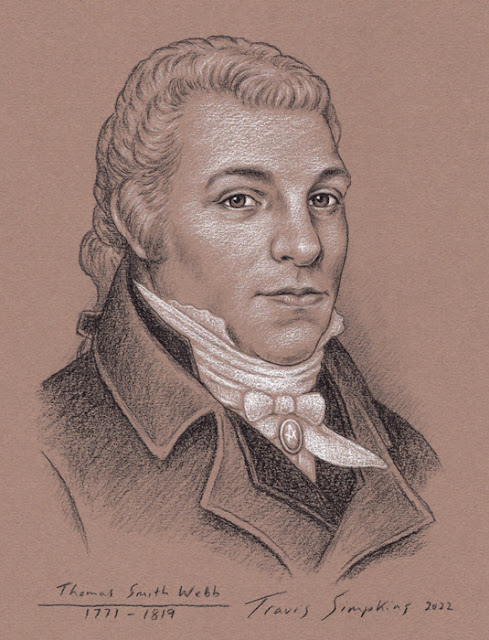 |
| Thomas Smith Webb. Past Grand Master. Grand Lodge of Rhode Island. York Rite. by Travis Simpkins |
For more info, please visit:
mayorkrite.org/grand-commandery
 |
| Thomas Smith Webb. Past Grand Master. Grand Lodge of Rhode Island. York Rite. by Travis Simpkins |
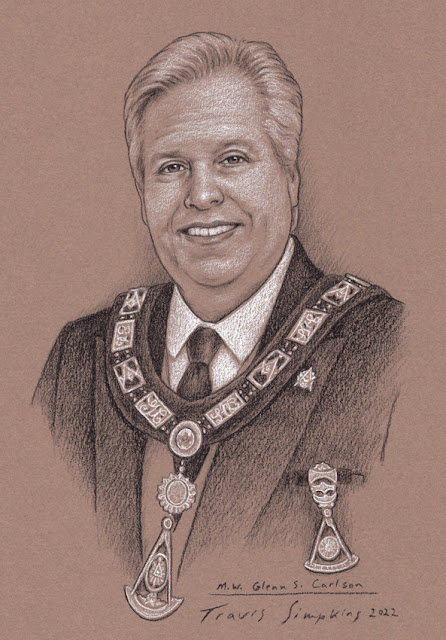 |
| M.W. Glenn S. Carlson. Past Grand Master. Grand Lodge of Rhode Island. by Travis Simpkins |
For more info, please visit:
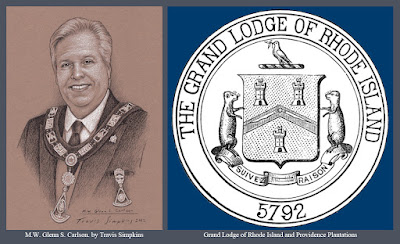 |
| M.W. Glenn S. Carlson. Past Grand Master. Grand Lodge of Rhode Island. by Travis Simpkins |
 |
| Buddy Ebsen. Actor. The Tin Man. The Wizard of Oz. by Travis Simpkins |
 |
| The Wizard of Oz. The Emerald City. 1939 Film. Cast. Portraits by Travis Simpkins |
For more info, please visit:
 |
| Buddy Ebsen. Actor. The Tin Man. The Wizard of Oz. by Travis Simpkins |
 |
| Ray Bolger. Actor. The Scarecrow. The Wizard of Oz. by Travis Simpkins |
 |
| The Wizard of Oz. The Emerald City. 1939 Film. Cast. Portraits by Travis Simpkins |
For more info, please visit:
 |
| Ray Bolger. Actor. The Scarecrow. The Wizard of Oz. by Travis Simpkins |
 |
| Hermetic Order of the Golden Dawn. Portraits by Travis Simpkins |
 |
| Bert Lahr. Actor and Freemason. The Cowardly Lion. The Wizard of Oz. by Travis Simpkins |
 |
| The Wizard of Oz. 1939 Film. Cast. Portraits by Travis Simpkins |
For more info, please visit:
 |
| Bert Lahr. Actor and Freemason. The Cowardly Lion. The Wizard of Oz. by Travis Simpkins |
 |
| Judy Garland. Actress. Dorothy Gale. The Wizard of Oz. by Travis Simpkins |
 |
| The Wizard of Oz. 1939. The Emerald City. Cast. Portraits by Travis Simpkins |
 |
| Judy Garland. Actress. Dorothy Gale. The Wizard of Oz. by Travis Simpkins |
 |
| John Barrymore. Actor of Stage and Screen. by Travis Simpkins |
 |
| John Barrymore. Actor of Stage and Screen. Svengali. by Travis Simpkins |
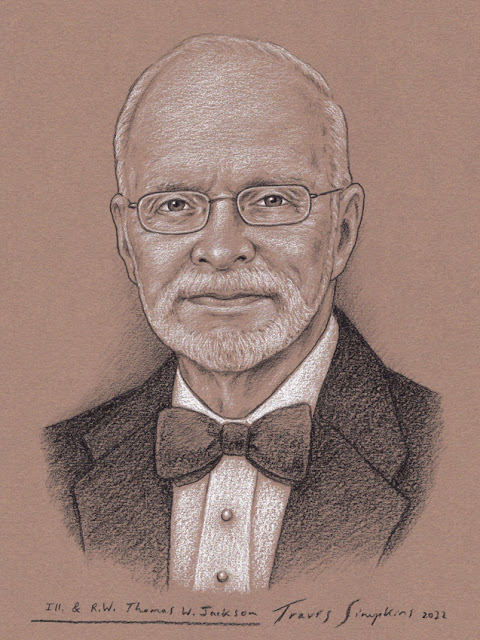 |
| R.W. Thomas W. Jackson. Past Grand Secretary. Grand Lodge of Pennsylvania. by Travis Simpkins |
For more info, please visit:
 |
| R.W. Thomas W. Jackson. North American Freemasonry. Idealism and Realism. by Travis Simpkins |
 |
| Johann Beckmann. Scientific Author. Technology. Freemason. by Travis Simpkins |
For more info, please visit:
 |
| Johann Beckmann. Scientific Author. Technology. Freemason. by Travis Simpkins |
 |
| M.W. Terry Posey. Past Grand Master. Grand Lodge of Ohio. by Travis Simpkins |
For more info, please visit:
 |
| M.W. Terry Posey. Past Grand Master. Grand Lodge of Ohio. by Travis Simpkins |
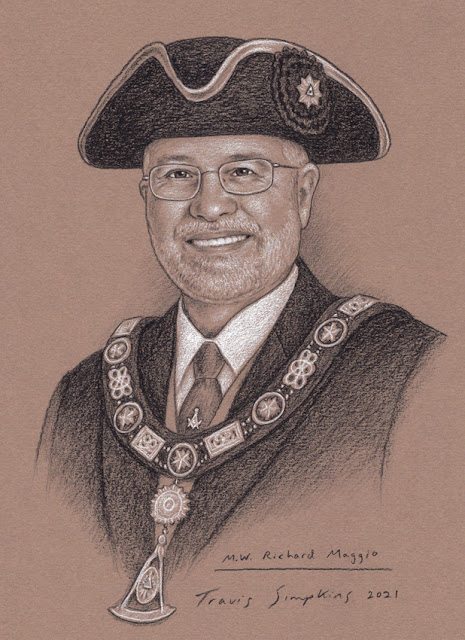 |
| M.W. Richard Maggio. Past Grand Master. Grand Lodge of Massachusetts. by Travis Simpkins |
For more info, please visit:
 |
| M.W. Richard Maggio. Past Grand Master. Grand Lodge of Massachusetts. by Travis Simpkins |
 |
| M.W. Shawn A. Johnson. Grand Master. Grand Lodge of Ohio. by Travis Simpkins |
For more info, please visit:
 |
| M.W. Shawn A. Johnson. Grand Master. Grand Lodge of Ohio. by Travis Simpkins |